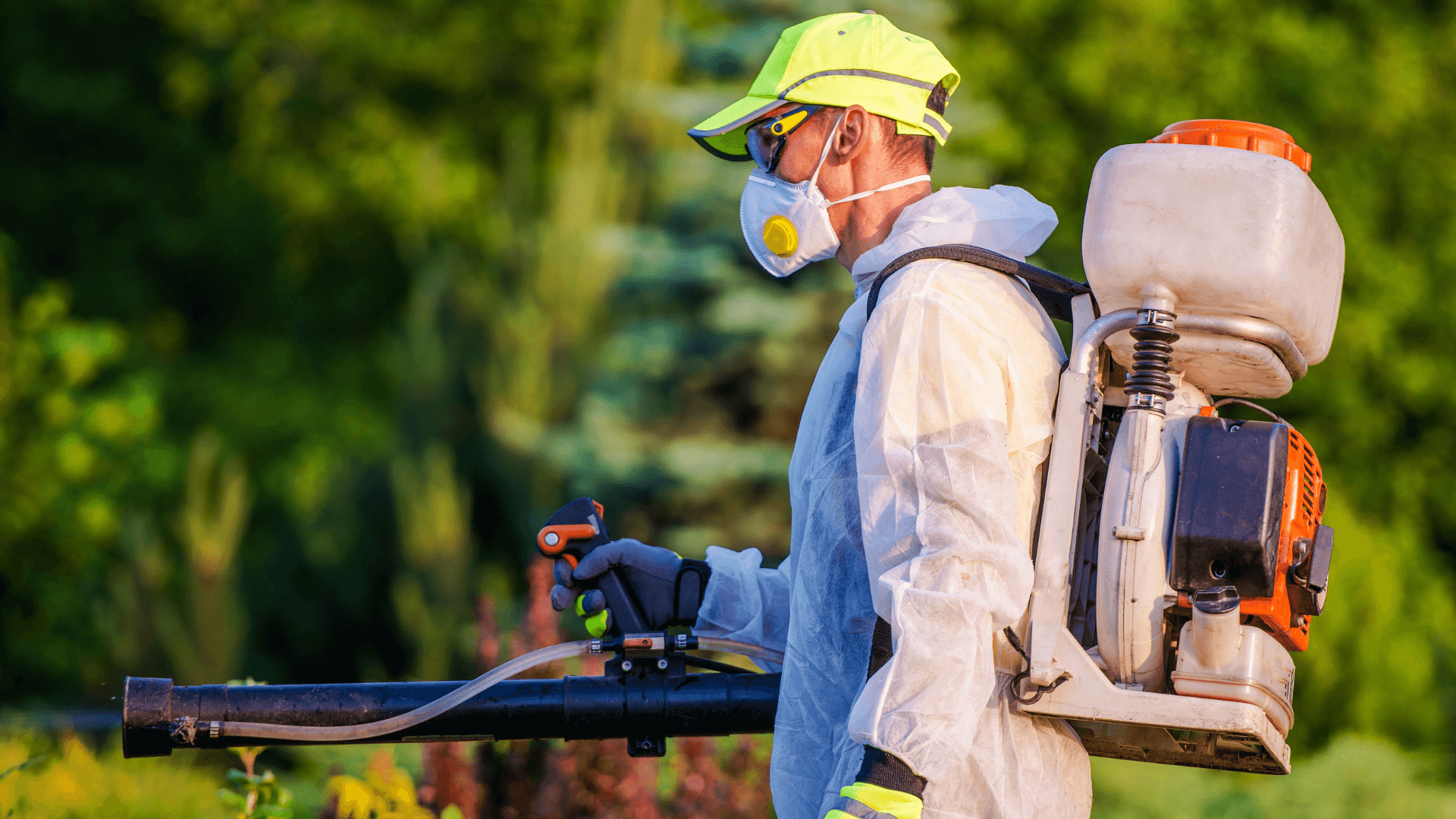Non-native species can wreak havoc on ecosystems and pose significant challenges to pest control in residences and businesses. As some introduced pests flourish in alien ecosystems, they often become difficult to manage and can cause damage to property and health. Understanding which pest control queen creek az to keep an eye on, along with suitable management strategies, is crucial for maintaining your living space pest-free year-round.
In this guide, we will examine the top invasive species that residential managers and property managers should be cognizant of. We will analyze their habits, the threats they pose, and provide useful advice on how to avoid and manage these pests. From frequent household nuisances to more serious threats, knowing how to recognize these invaders and reacting appropriately can help protect your home and well-being.
Typical Domestic Pests
Domestic nuisances are a frequent issue for homeowners, and understanding their habits is key to effective management. Frequent pests consist of ants, cockroaches, and bedbugs. Ants are very communal insects that sometimes invade houses in search of resources. They can quickly become a significant problem, especially when foraging trails lead to nests within interiors or crawl spaces. Roaches, on the other hand, flourish in dark, warm places, making them particularly challenging to remove once they create a presence. Bed bugs are infamous for their ability to hide in small gaps and crevices, feeding on human blood during the hours of sleep, which can cause distress and worry for those involved.
Proficient pest management begins with proper identification to utilize the correct strategies. For instance, dealing with ant infestations may require closing access points and setting bait traps, while roach control calls for careful cleaning and possibly chemical treatments in problematic locations. Bedbug removal often necessitates professional extermination due to their resilience and fast reproduction speed. Property owners should be watchful about signs of infestation, such as feces, nests, or wounds, and respond promptly to diminish issues.
Recognizing the usual habits and living spaces of these pests can greatly influence the success of control efforts. Seasonal changes can also influence pest activity, with specific types becoming more noticeable in early spring or autumn. Regular maintenance, including inspections and prevention strategies, can help curb the problem before it intensifies. By being ahead of the game and educated, homeowners can create a free of pests environment throughout the seasons.
Efficient Pest Control Methods
To successfully handle foreign species and domestic pests, a all-encompassing approach is crucial. This entails comprehending the distinct pests you are confronting, like their habits and habitats. For example, ants may be drawn to food sources, while rodents seek harbor. Detecting is the first step in crafting your pest control plan. Once the pests are identified, you can figure out the optimal methods of removal, emphasizing both quick action and ongoing mitigation.
In addition to traditional pesticides, consider incorporating organic pest control approaches that are safe for both your household and the ecosystem. Utilizing aromatic extracts, diatomaceous earth, and trapping solutions can successfully minimize pest populations without harmful chemicals. Furthermore, these methods often complement professional pest control services, making sure that your home is kept pest-free throughout the year. Be aware that some pests, such as termites and cockroaches, require targeted treatment due to their resilience and the likelihood damage they can cause.
Preventative measures play a critical role in pest control strategies. Regularly inspecting your home for signs of invasion and ensuring neatness can significantly lower the chance of pest problems. Seasonal maintenance, such as closing cracks, protecting food storage, and maintaining your landscape, is essential in keeping invasive species at a distance. By recognizing how to defend your home based on the changing seasons, you can create a preemptive approach that minimizes the risk of infestations. Establishing a system for professional inspections can also help catch potential problems before they grow, making sure your home stays a pest-free sanctuary.
Seasonal Pest Control Tips
As the months change, so do the kinds of pests that may enter your house. The spring season heralds a surge in bugs like ants and mosquito populations. To get ready, ensure that your window frames and doors are well sealed, and inspect for any openings that could draw in these insects. Consistently cleaning your yard and removing rubbish can significantly reduce their breeding sites. Additionally, consider establishing a pest control program in the beginning of spring to stay ahead of potential infestations.
In the summer months, the warm weather can lead to an influx of various pests including wasps and fly populations. Keep your cooking area clean by quickly cleaning up spills and storing food in airtight containers. Using outdoor bug management strategies like citronella candles can help combat mosquitoes during outdoor events. It's also smart to check your house’s outside for any fissures or gaps that could give pests easy entry to your living space.
As fall comes, rodents often look for shelter from the chill. Close any holes in your home's base or around pipes to deter rodents and rats from getting into your home. Keep wood away from the building and ensure that your drainage system are unclogged to prevent water accumulation, which can attract pests. Regular checks and maintenance will help keep your house free of pests through the colder season, laying a strong base for continued bug management in winter.

